What Are The Protocols And Tips Used In Protein Purification?
Aug 8th 2022
What Are The Protocols And Tips Used In Protein Purification?
Recombinant DNA developments in the last few years have revolutionized protein production in large quantities. One of the critical antibody production steps is purifying the target proteins. Protein purification is fundamental in analyzing protein complexes and identifying interactions with other proteins, DNA, or RNA. Whether you're working with developing a monoclonal antibody sequencing or enzyme engineering, obtaining a highly pure protein sample in sufficient yield is crucial for reliable experiments.
There are several tips and protocols used in protein purification. These tips can facilitate the purification process and increase your chances of having pure proteins. You can sufficiently purify untagged proteins by combining purification methods that separate based on different physicochemical characteristics. Keep reading to learn more about protein purification and the automation of this process.
Why Protein Purification Is Important?
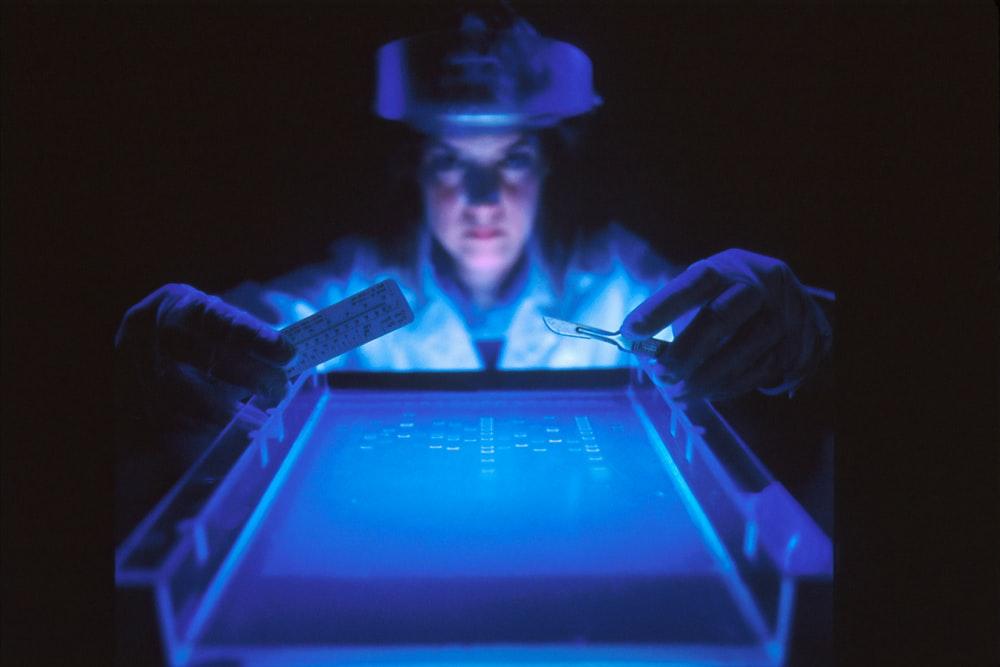
Suitable protein purification is needed in custom protein production to produce reliable results in the assays with fewer false positives and negatives and to develop a more standardized protein expression service. Insufficient purification can cause contaminants to interfere in the assay, which may cause ambiguous results that are difficult to interpret. Even minor impurities can cause significant problems and must be removed before the final product.
Reliable and reproducible protein purification ensures the downstream assays run smoothly with fewer reruns, fewer artifacts, and fewer false results. A protein-protein purification strategy aims to find the shortest way from starting material to end product while maintaining maximum yield and recovery of biological activity. The aim is never to compromise the quality of the end product since you define the purity requirements according to the final use of the product.
Since different types of starting material contain various impurities, they will present other purification challenges. The scale of the protein purification service depends on the amount of target protein required and the sample volume and proportion of contaminants to handle. If scale-ups are not an option, you can obtain the required amount of purified protein by multiple purification cycles at more minor scales.
Protein Purification Protocols
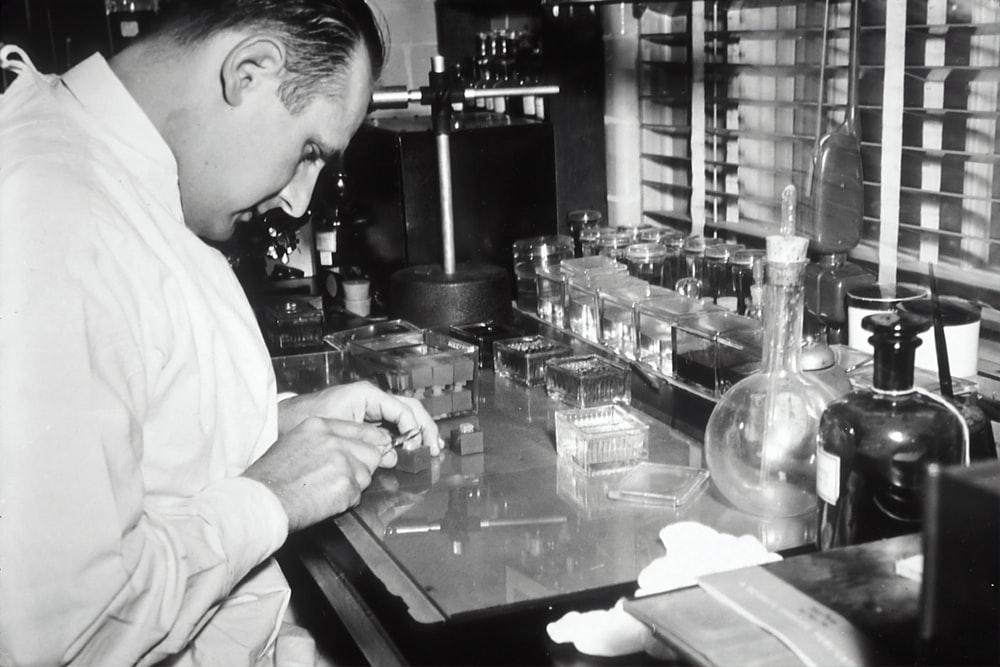
The best protein purification protocol depends on the target protein and other factors like the cell used to express the recombinant protein. E. Coli protein aggression remains the first choice for many researchers when producing recombinant proteins because of its ease of use, low custom antibody cost of culturing, and rapid cell growth. Proteins expressed in E. coli can be purified in high quantities.
Most purification protocols, such as the solid-phase peptide synthesis protocol, require several steps to achieve the desired product purity. These steps are necessary to transfer the product from one technique and conditions suitable to perform the best technique.
Cell harvest and cell lysis
Cell harvest and cell lysis differ depending on the type of host cell expression and where the protein will be harbored in the cell. The typical recombinant protein expression platforms are bacteria cells such as E. coli, insect cells, mammalian cells, human embryonic kidneys, and other eukaryotic cells. Cell lysis is necessary for intracellular proteins or membrane proteins.
Sample clarification
You need a sample clarification to remove the entire sample's insoluble material, such as the debris that can clog chromatography purification columns. You filter the samples, and the protein is purified from the supernatant, where it is solubilized.
Protein extraction
You can purify proteins using several methods such as magnetic beads, gravity columns, spin columns, or fast protein liquid chromatography. These methods involve different steps from capturing, washing, and eluting. You absorb the protein into the resin in a buffer, wash it to remove contaminants, and eluting it in a buffer that competes with the protein for the binding sites in the resin.
Protein Purification Tips
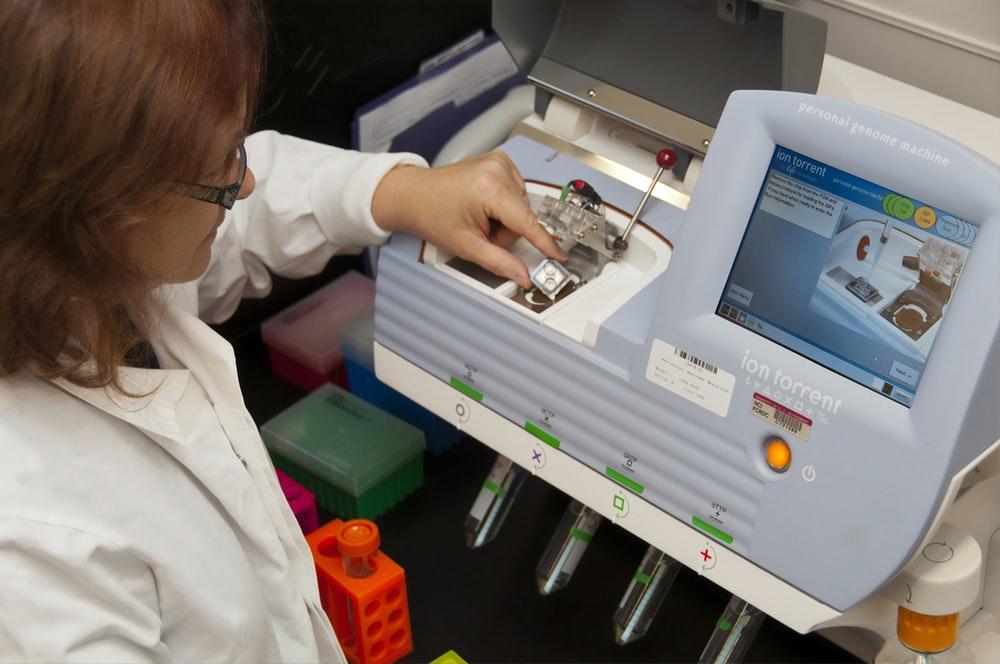
Separating a protein from a complex mixture is not easy. Even a 1% contaminant in a highly purified protein can wreak havoc in a functional assay. Since purification of native proteins can be challenging, you often fuse affinity purification tags to recombinant protein production such that the tag is used to capture or detect the protein.
Predict and plan
Start by performing some fundamental bioinformatics analysis relating to the physicochemical properties of the proteins. Perform a feasibility study to get a good knowledge of the target protein. Information such as the glycosylation sites, solubility, and stability properties of the protein can help you carry out the steps related to protein purification.
Protein isolation/Capture
Protein isolation is critical for the rest of your workflow since you must isolate the protein from other components in the cell. The main goal of protein purification is the isolation of recombinant protein. Separating the protein from the molecules in its environment ensures you get pure extracts that can be used in most applications. One method for isolating a specific protein is the use of affinity tags. The capture process should maximize protein recovery by repeatedly drawing samples of a low-volume packed resin bed.
Express your protein
Protein expression is one of the crucial steps in the purification scheme. The ability to express functional proteins allows you to study them in vitro more easily. Since some proteins are challenging to express and only express at small concentrations, try with increased culture volume during custom protein expression.
Cell lysis
During the protein purification process, your protein needs a C-terminal tag. Cell lysis is a method where the cell membrane is broken down to release intracellular materials like DNA or RNA. You can achieve cell lysis in several ways, such as non-enzymatic methods or using hydrolytic enzymes.
Polishing
The polishing step corresponds to the achievement of the final high-level purity. The objective of the polishing phase is to achieve high purity by removing any remaining trace impurities or closely related substances.
Quality control
After protein purification, quality control through western blot with validated custom monoclonal antibodies is essential. You must also characterize protein interactions through Elisa or isothermal titration calorimetric to investigate the PD-1 pathway or screen PD-1 inhibitors. Find the best Elisa kits from Elisa kit manufacturers for this process. You will find quality Elisa kits with a guide on how the Elisa works.
Protein Purification Methods and Techniques
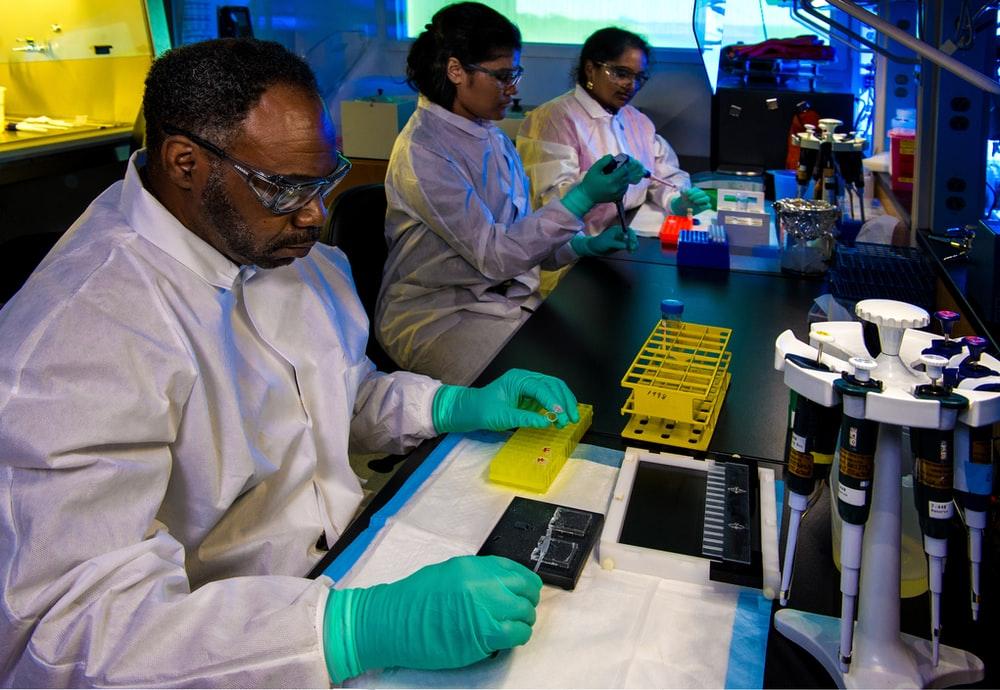
Developing techniques and methods for protein purification has been essential for much advancement in biotechnology. Since protein purification is performed on various scales, there are choose from when working on laboratory scales. Chromatography is a protein purification technique used during peptide synthesis or gene synthesis. Here are some of the protein purification techniques.
Remove proteases
Proteases work fast to degrade proteins, so you need to be faster in removing them. They are often present in crude sample feeds. Introduce a step that will eliminate the protease content at the beginning of the process. It's essential to remove the damaging contaminants like proteases early during the process. You can also work at 4 degrees centigrade to reduce the protease activity or add a protease inhibitor.
Find conditions that stabilize the target protein.
Many factors affect the process of protein folding, such as composition stability and cellular environment. Determine conditions like temperature and pH to stabilize the target protein during the custom protein synthesis process.
Automate protein purification workflow
If you're dealing with an increasing number of protein purification samples and need to standardize your workflow, lab automation can be a solution. It will help improve protein production service and streamline your protein expression and purification services. Process automation provides higher reproducibility than manual work and results in fewer human errors.
Use absorption techniques
Absorption techniques can help reduce the sample volume early in the purification process. The absorption technique involves binding the new target protein to the resin, which can be eluted in a smaller volume. Work with highly efficient methods early in the purification process to capture the product and reduce the contaminant content. You can work with increased selectivity in the latter stages for optimal separation or polishing.
Minimize sample handling
Also, consider minimizing sample handling at every stage to avoid lengthy procedures that can reduce recovery. If you want to attack the purification problem from different angles, combine steps with varying principles of separation and resins with different selectivities. You can avoid conditioning steps by choosing the optimal antibody sequencing services.
Optimize the purification method
You can optimize the selected purification method to achieve fast and cost-efficient protocols. Highly efficient methods like affinity chromatography can eliminate all the contaminants and achieve a high purity level. There are some factors to consider before setting up specific protein purification.
The purification method should present the recombinant proteins with the highest possible capacity and specificity. Look for a technique that can bind as many recombinant proteins as possible while excluding as many contaminants as possible. Focus on obtaining a strong and fast selection without seeking to achieve completely pure extracts at the end of the process.
Rules for Protein Purification
Maintaining the stability and solubility of target proteins before, during, and after purification is always challenging. The solution is to reduce the sample volume quickly at an early stage in the purification process.
Consider the characteristics of the protein you are working with. This is because antibody sensitivity to the changes in the environment is easily affected by those changes. Working with less liable proteins least affected by these environmental changes is more comfortable and permissive.
Obtaining a highly pure protein is insufficient as it needs to have a high degree of homogeneity. Some protein alterations like aggregation, alkylation, glycosylation, or phosphorylation may affect the final product in terms of structure and biological activity. You may need to add further purification steps to separate proteins with similar but identical properties.
Preventing Protein Aggregation
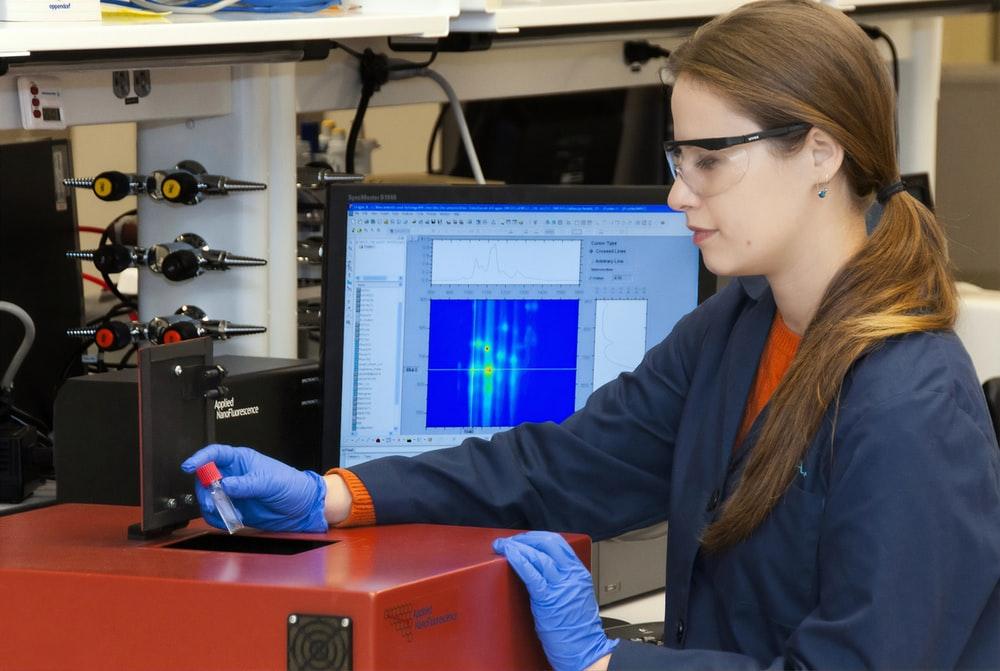
Proteins tend to aggregate at high concentrations and are extremely sensitive to solution conditions like temperature and pH. You must maintain the biological activity of proteins such as enzymes during the purification process. You can easily detect protein aggregation by inferring from activity loss and experimental artifacts. In some cases, you can visually observe the particulate matter in the solution or detect large particles in the void volume during size exclusion chromatography. You can prevent protein aggregation during the protection synthesis process in several ways.
Work at the correct temperatures
Working at room temperature often leads to protein degradation and inactivity due to microbial growth. For short-term storage of one day of the week, store the proteins at 4°C. However, for long periods, store them at -80°C and use a good cryoprotectant like glycerol to prevent formation during the freeze-thaw cycles. This is because purified proteins are unstable at 4°C.
Maintain a low protein concentration
Make sure you maintain low protein concentration because higher concentration compromises the stability of your target protein. You can add stabilizing buffer components if you need a high final protein concentration.
Change the pH of the solution.
If you're working with an unstable protein, you need a suitable condition to keep your protein in the solution. Many experiments use a 7.4 ph to mimic biological conditions. If your protein is unstable at this pH, change it to find conditions that keep it in the solution. Proteins are often less soluble at their p1 value, the pH at which the protein has no net charge. Changing the pH of a buffer can charge the protein's net charge and modulate interactions that may lead to aggregation.
Change the salt concentration.
Many buffers contain sodium chloride to keep proteins soluble and mimic physiological conditions. However, changing the salt concentration during protein purification depends on the solution. If you are purifying your protein by ion exchange chromatography, start with a low salt concentration to help screen ionic interactions and prevent nonspecific binding proteins to the column. Using other chromatography separations like gel filtration increases the salt concentration to prevent nonspecific interaction between proteins and the affinity column. Change the salt concentration by dialyzing your protein into a new buffer.
Buffering system
Make sure the buffering system has buffering capacity at the required PH. Choose a buffer with a pk value within one pH unit of the desired pH. You should also ensure the buffer concentration is high enough between 50 and 100 mm to buffer the solution. The correct buffer should not interfere with the activity of the protein and not be sensitive to temperature.
Use the appropriate addictive.
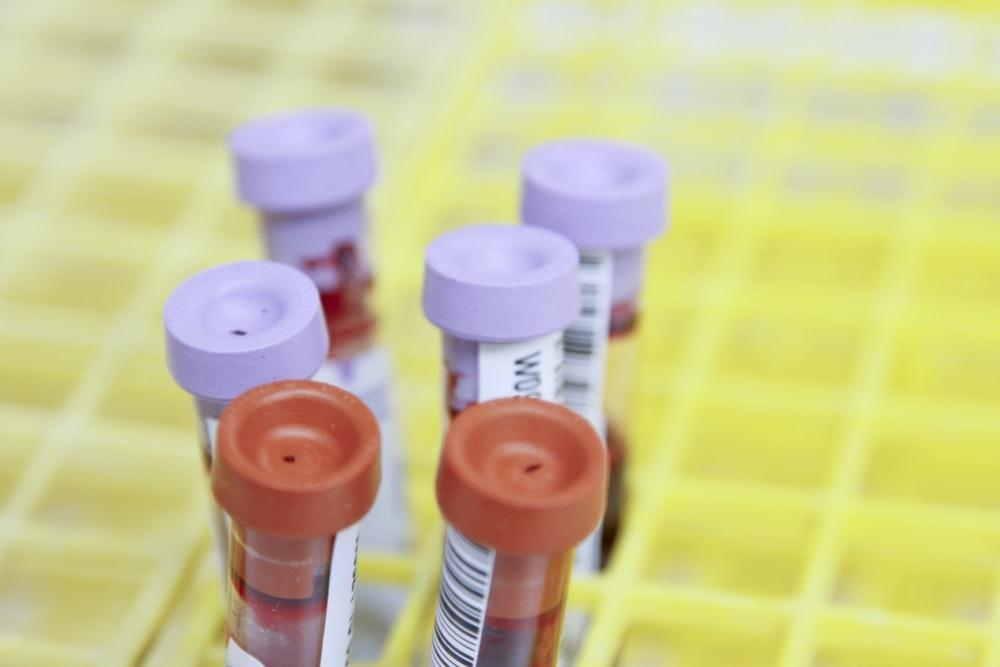
Some additives like amino acids and reducing agents can help optimize buffer solutions. If the protein contains cysteine residues, oxidation could be a problem and cause protein aggregation. Keep reducing agents like DDT in your buffer to prevent issues during purification. Ensure the concentration of the reducing agent is well above your protein concentration.
Other than reducing agents, use stabilizing elements in the buffer help increase protein solubility and stability. You can add an inert protein like BSA to stabilize the buffer. Alternatively, add agents like glycerol or PEG to increase the viscosity and prevent aggregation. In small quantities, you can also use some detergents and other ionic compounds like amino acids, sulfate, and citrate to shield ionic interactions and solubilize proteins. However, ensure that the protein you're adding to the buffer doesn't interfere with your experiment.
Bottom Line
Producing and purifying a protein is a form of art since each recombinant protein has specific characteristics and singularities that make it challenging. The purification of recombinant proteins is a long and complex process influenced by many variables. These variables include the nature of the protein, its properties, and the characteristics of the host producer that greatly influence the design and development of protein purification. Analyzing protein interaction can provide valuable insight into the cell signaling cascade involved in protein synthesis and purification.

